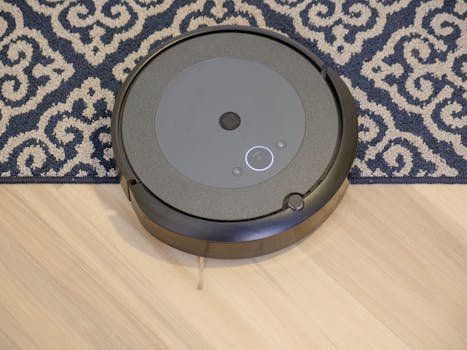
Smart Homes and Smart Living: The Technological Transformation of European Homes by 2025
Smart Homes and Smart Living are revolutionizing the way we live in our homes. With the increasing use of Internet of Things (IoT) devices and home automation, European homes are becoming more efficient, convenient, and sustainable. In this article, we will explore the current state of smart homes in Europe, the benefits of smart living, and what to expect by 2025.
Current State of Smart Homes in Europe
Smart homes are no longer a concept of the future, but a reality that is already transforming the way we live. According to a recent report, the European smart home market is expected to grow from $12.4 billion in 2020 to $33.4 billion by 2025, at a Compound Annual Growth Rate (CAGR) of 21.4% during the forecast period. This growth is driven by the increasing adoption of IoT devices, home automation systems, and the need for energy efficiency and convenience.
Benefits of Smart Living
Smart living offers numerous benefits, including:
- Energy Efficiency: Smart homes can optimize energy consumption, reducing waste and saving money.
- Convenience: Home automation systems allow users to control and monitor their homes remotely, making it easier to manage daily tasks.
- Comfort: Smart thermostats, lighting, and entertainment systems can create a comfortable and relaxing living environment.
- Safety and Security: Smart security systems can detect and prevent potential threats, such as intruders or fires.
What to Expect by 2025
By 2025, we can expect significant advancements in smart home technology, including:
- Increased Adoption of IoT Devices: More households will adopt IoT devices, such as smart speakers, thermostats, and security cameras.
- Improved Home Automation: Home automation systems will become more integrated and user-friendly, allowing for seamless control and monitoring of smart devices.
- Enhanced Energy Efficiency: Smart homes will become even more energy-efficient, with the use of renewable energy sources and advanced energy management systems.
- Greater Focus on Safety and Security: Smart security systems will become more sophisticated, using AI and machine learning to detect and prevent potential threats.
Conclusion
In conclusion, smart homes and smart living are transforming the way we live in our homes. With the increasing use of IoT devices and home automation, European homes are becoming more efficient, convenient, and sustainable. By 2025, we can expect significant advancements in smart home technology, including increased adoption of IoT devices, improved home automation, enhanced energy efficiency, and a greater focus on safety and security.


